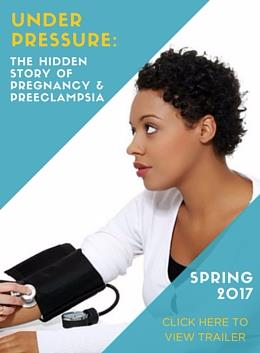The pain varies from person to person, but here’s the general process.
Sept. 26, 2017
Most women tend to get a little nervous when it comes to anything involving a speculum, so it’s understandable to have a few questions about what to expect at an IUD insertion. First and foremost, will it hurt?
The answer: It depends. While some women say getting their IUD was a little uncomfortable, like getting a Pap or dealing with some garden-variety menstrual cramps, others describe the procedure as an intense pain, says ob-gyn and maternal fetal medicine specialist Kecia Gaither, MD. This varies from person to person, regardless of the type of IUD (hormonal or nonhormonal).
To help ease the pain, your doctor will probably recommend you take an OTC painkiller an hour or two prior to your IUD insertion. And FYI, some docs might ask you to make your appointment for the first or second day of your period, which makes insertion easier. (Don’t worry about the timing; your ob-gyn has seen it all.)
Here’s what happens when you get the IUD. Your doctor will insert a speculum in the vagina and might use a numbing medicine around the cervix (that should make things a bit more comfortable down there). Then, the doc will use a special inserter to get the IUD through the opening of your cervix and into your uterus. (For a refresher, here’s an overview of the female reproductive system.)
This process often takes less than five minutes, but most doctors will have you lie down for a while, perhaps with a heating pad. It’s normal to feel dizzy or nauseated immediately after insertion. Once you feel comfortable standing up and moving about, you should plan to head home and rest for a day or two. (Finally, a Netflix binge with zero guilt.)
Whether or not you experience cramping following insertion, the good news is that it should only last a day or two, and those OTC painkillers should bring relief. And the best part: Your IUD can last for up to 12 years (depending on the type), so any temporary discomfort will pay off for months and years to come.
And remember, while the IUD is one of the most effective methods of preventing pregnancy, only condoms can protect against STDs. Consider using both methods if you are not in a monogamous relationship and do not know the STD/HIV status of your partner.
This video features Dr. Kecia Gaither, MD. Kecia Gaither, MD, an ob-gyn and maternal fetal medicine specialist, is director of perinatal services at Lincoln Medical and Mental Health Center, a member of NYC Health + Hospitals System in Bronx, New York.
Duration: 1:04. Last Updated On: Sept. 26, 2017, 7:14 p.m.






